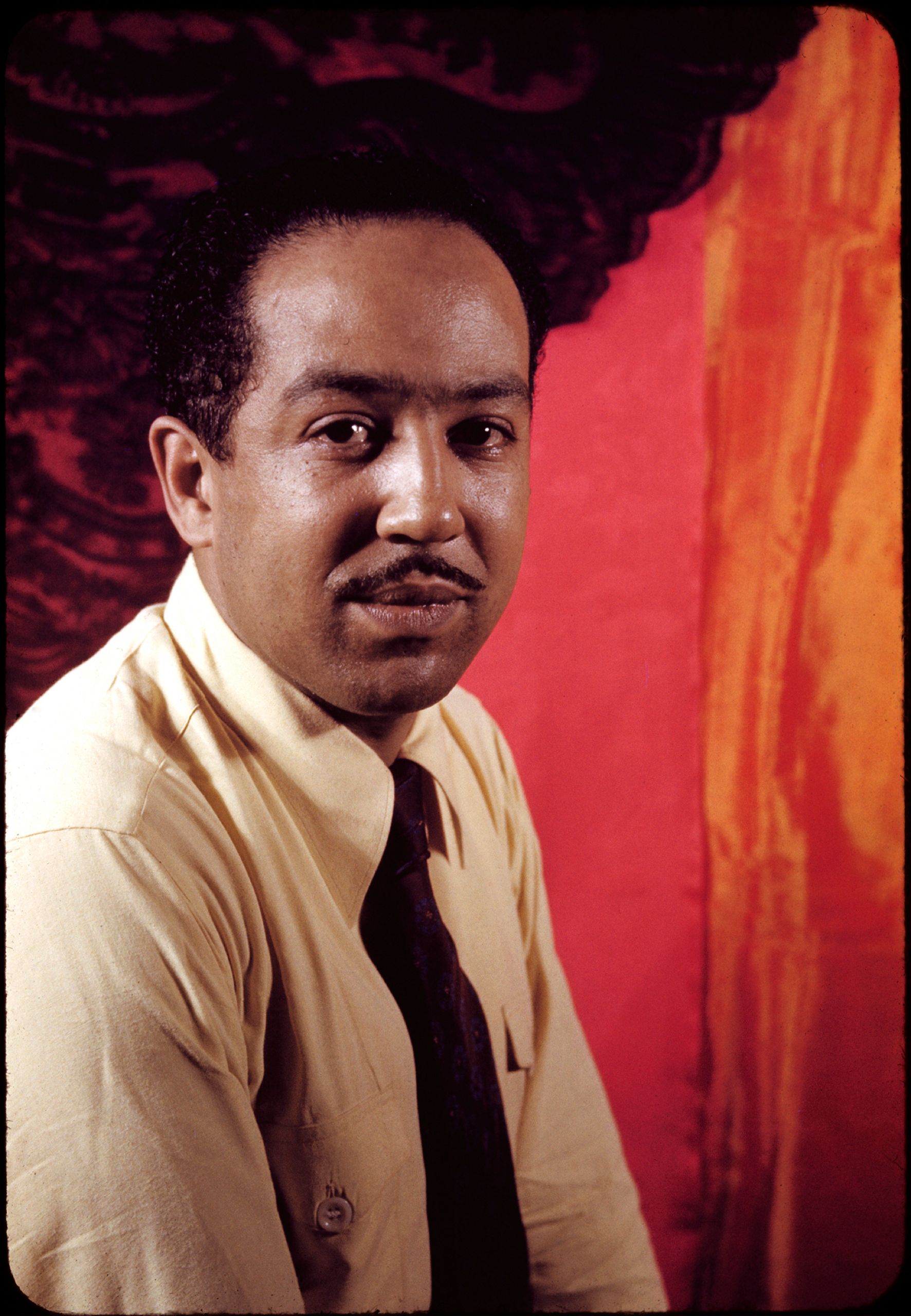Langston Hughes Biography
Langston Hughes Biography:Langston Hughes (born February 1, 1902?, Joplin, Missouri, U.S.—died May 22, 1967, New York, New York) was an American writer who was an important figure in the Harlem Renaissance and made the African American experience the subject of his writings, which ranged from poetry and plays to novels and newspaper columns.
While it was long believed that Hughes was born in 1902, new research released in 2018 indicated that he might have been born the previous year. His parents separated soon after his birth, and he was raised by his mother and grandmother. After his grandmother’s death, he and his mother moved to half a dozen cities before reaching Cleveland, where they settled. He wrote the poem “The Negro Speaks of Rivers” the summer after his graduation from high school in Cleveland; it was published in The Crisis in 1921 and brought him considerable attention. After attending Columbia University in New York City in 1921–22, he explored Harlem, forming a permanent attachment to what he called the “great dark city,” and worked as a steward on a freighter bound for Africa. Back in New York City from seafaring and sojourning in Europe, he met in 1924 the writers Arna Bontemps and Carl Van Vechten, with whom he would have lifelong influential friendships. Hughes won an Opportunity magazine poetry prize in 1925. That same year, Van Vechten introduced Hughes’s poetry to the publisher Alfred A. Knopf, who accepted the collection that Knopf would publish as The Weary Blues in 1926.
Langston Hughes early life
Poet Langston Hughes was born in Joplin, Missouri on February 1, 1902. His parents named him James Mercer Langston Hughes, but he went by Langston Hughes. His parents divorced shortly after he was born, and his father moved to Mexico. His mother traveled for work so Hughes spent most of his childhood in Lawrence, Kansas where he was raised by his grandmother.
His grandmother provided Hughes with stories and books which opened the world of literature to the young Hughes. Books became a place where he could find refuge in his childhood. After his grandmother’s death, he returned to his mother in Lincoln, Illinois and eventually graduated high school from Central High School in Cleveland, Ohio where he was awarded class poet and editor of the yearbook.
Langston Hughes Education
After high school, he attended Columbia University in New York, but he left after spending a year there. He did not enjoy his experiences at Columbia, but he loved the community he found in Harlem, New York. His poetry was first published in the NAACP magazine The Crisis during this time, which gave him some national attention. Afterwards, he traveled to Africa and Europe as a crewmember aboard the boat SS Malone. He stayed in Europe for some time but eventually moved back to the US and published his first book The Weary Blues in 1926. A few years later, Hughes graduated from Lincoln University in Pennsylvania and returned to New York to pursue his career as a writer.
Langston Hughes Career
He went on to write poetry, plays, novels, and newspaper columns where his name became a fixture of the Harlem Renaissance, which celebrated African American culture and achievement. Hughes claimed that the people he met in his everyday life were the influences of his work, but blues and jazz were the rhythm of his work. This is evident in his poetry where he mentions everyday people in his community along with the poetic rhythms of jazz and blues.
Later in 1924 Hughes went to live with his mother in Washington, D.C. He hoped to earn enough money to return to college, but work as a hotel busboy paid very little, and life in the nation’s capital, where racial tensions were fierce, made him unhappy. But he was able to write many poems. “The Weary Blues” won first prize in 1925 in a literary competition sponsored by Opportunity, a magazine published by the National Urban League. That summer one of his essays and another poem won prizes in the Crisis literary contest. Meanwhile, Hughes had come to the attention of Carl Van Vechten, a novelist and critic, who arranged publication of Hughes’s first volume of poetry, The Weary Blues (1926).
This book projected Hughes’s lasting themes, established his style, and suggested the wide range of his poetic talent. It showed him committed to racial themes—pride in blackness and in his African heritage, and the everyday life of African Americans—and democracy (government ruled by the people) and patriotism (the support of one’s country). Hughes transformed the bitterness which such themes generated in many African Americans of the day into sharp irony and humor. His casual, folklike style was strengthened in his second book, Fine Clothes to the Jew (1927).
Read Also:Alhaji Muyideen Ajani Bello Biography:Family, Age, Early Life, Education, Career, Net worth
Langston Hughes Death
On May 22, 1967, Hughes died in the Stuyvesant Polyclinic in New York City at the age of 66 from complications after abdominal surgery related to prostate cancer. His ashes are interred beneath a floor medallion in the middle of the foyer in the Schomburg Center for Research in Black Culture in Harlem.[97] It is the entrance to an auditorium named for him.[98] The design on the floor is an African cosmogram entitled Rivers. The title is taken from his poem “The Negro Speaks of Rivers”. Within the center of the cosmogram is the line: “My soul has grown deep like the rivers.

